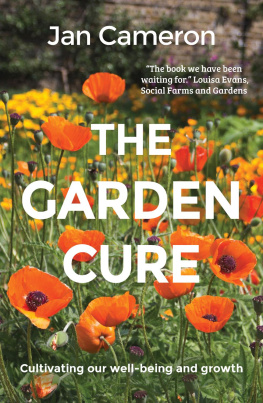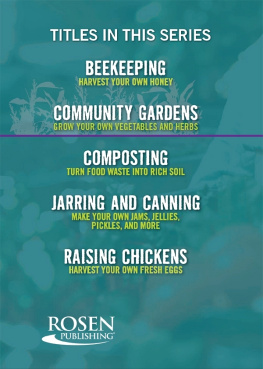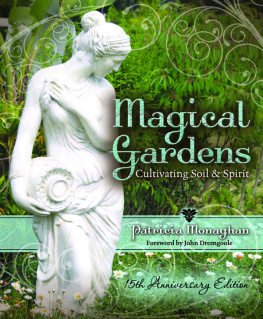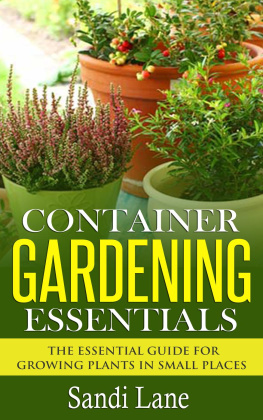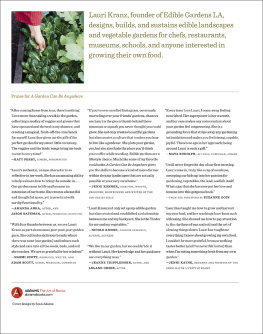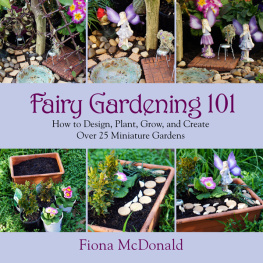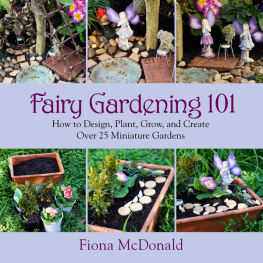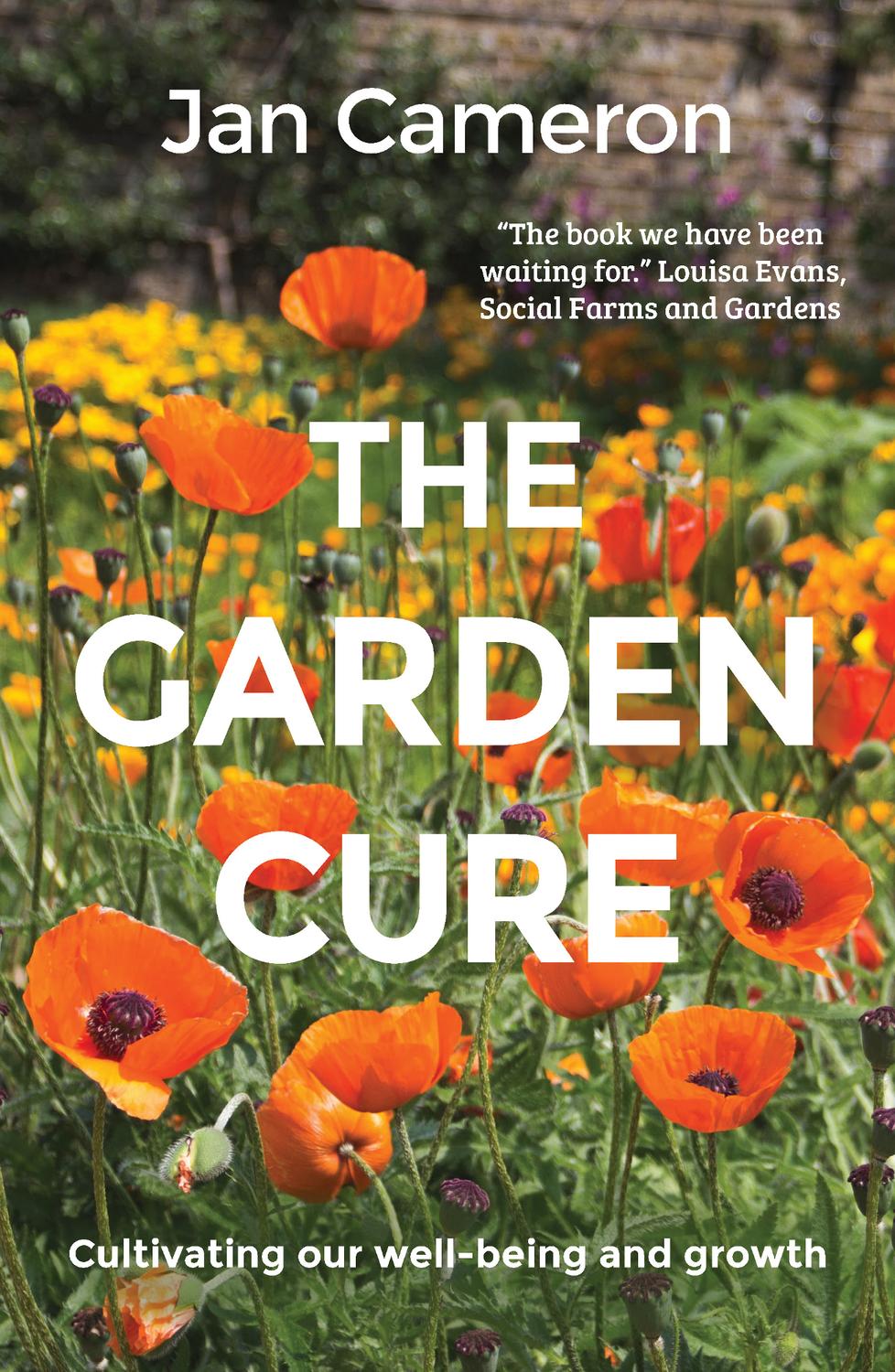
People involved in therapeutic and community gardens will find this book an invaluable guide to creating gardens and groups that offer maximum benefit to everyone involved. Both rookie and expert gardeners will see their vocation in a fascinating new light. For every reader, gardener or not, this book offers a wealth of profoundly thought-provoking ideas about what it means to be well and live well.
Fiona Thackeray,
Head of Operations & Development, Trellis Scotland
The Garden Cure is the book many community gardeners and anyone interested in gardening and good mental health have been waiting for moving, insightful Packed with real life stories and insights from the authors decades of experience working in the field this book will be an invaluable read for anyone working alongside others in a garden setting I will refer to it for many years to come.
Louisa Evans, Scotland Development Worker,
Social Farms and Gardens
Jan Cameron has distilled more than forty years of experience of working with groups in gardens and outdoors into a book full of wisdom and very sound advice illustrated in a thoughtful way that will assist people with literacy problems. [The book is] as useful and as accessible to those who have mental health problems themselves as it is to those who guide them.
Reforesting Scotland Journal
ii
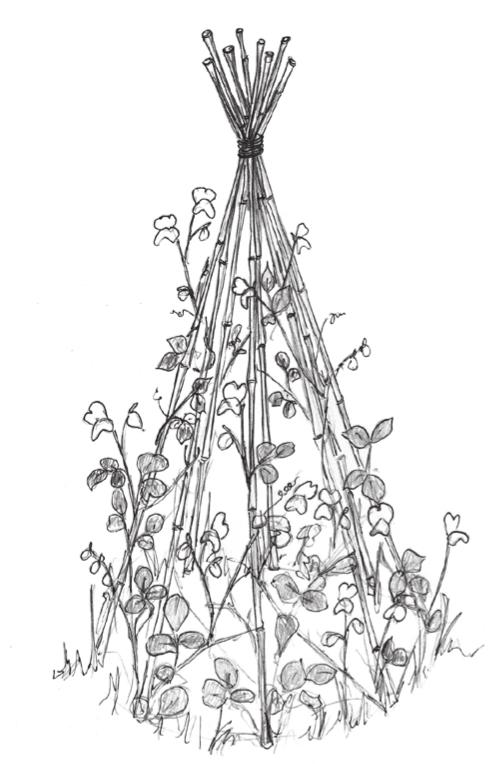
This book is intended for anyone with an interest in gardens and the ways in which they help us to understand ourselves and make us feel better about what happens in our lives. I hope it will be every bit as relevant to the general public as it is to professionals working in the broad fields of health and well-being, horticulture and therapy.
In the same way that first aid courses have been rolled out to every sector in our society to raise awareness of simple tools to help people manage medical situations, so too should mental health first aid and tools for well-being be available to the general public. This might help to stem the epidemic of poor mental health that our society is experiencing. I know of no better place to start than in the garden.
While much of my working life has been spent in therapeutic gardens designed for people experiencing mental health problems, both adults and children, for the last seven years I have been very involved with community gardens, and the lessons learnt in the first context have been just as relevant in the second.
Recent years have seen a huge increase in the demand for community gardens and allotments all over the country and internationally. In particular, the benefits that gardening can have for personal well-being have generated a huge upsurge of interest in the topic.
I hope this book will be of use to anyone who wants to engage in community gardening and many people do. The recollections, stories and tools described should also be helpful to anyone who is experiencing distress, or supporting someone else in their distress, whatever their interests.
All of the stories are anonymised and, although they may seem specific to an individual, they are most often a compilation of many different stories and experiences. Any association with a particular name is entirely coincidental. For the ease of the reader, I usually refer simply to the garden whereas in fact the stories come from many different gardens. While all of our journeys are different, our common humanity throws up many similarities in the ways we perceive and respond to lifes challenges.
This is a story of gardens and how people can grow well in them. There is something in the whole metaphor of gardening that helps us to understand the way we ourselves grow and thrive and blossom. You see, it starts right away in the language we use to describe our well-being. We languish or we flourish. We talk of people, especially children, blossoming, and pregnant women are blooming. We speak of our work bearing fruit, young girls in the flower of their youth. Elderly people are sometimes described as withered. When we look at the story of the garden, it is the story of ourselves. We are intricately intertwined.
Why do we create these places? Is it to provide safety and protection for plants that would otherwise fail? Is it an attempt to make a safe place for ourselves to retreat to? What is it about them that brings us such pleasure? Is there an innate connection and bounty? The studies made of the green effect are numerous and convincing, from Edward Wilsons Biophilia. This study, however, is a story based on a lifetimes experience rather than scientific study, although several studies will be alluded to.
The purpose of this book, and my desire in writing it, is to capture some of what I and many others have learnt and indeed discovered daily through the experiences of working over decades in therapeutic and community gardens. It is noteworthy how what works for plants replicates closely the way we grow and develop as humans. We will explore the parallels between the phases of work in the garden and how they mirror human needs.
What is true about a healthy mind and body is true in creating a healthy garden.
Monty Don
Ive been lucky to work in remarkable places with remarkable people throughout my career. At a young age, just eighteen years old, a chance decision undoubtedly changed the course of my life and work. After what would have been described then as a working-class upbringing in Edinburgh, instead of taking up a university place I decided to volunteer as a Community Service Volunteer (CSV) and was sent to a hostel for pregnant homeless women, mostly very young girls, in London. The principles there were of dignity, respect and unfailing kindness. This served to steer my path towards an interest in the politics of poverty and distress and to learn about the means to alleviate those conditions.
I went on to work in a grim psycho-geriatric ward in a Glasgow hospital. Then, after a three-year course in community education, I spent ten years working as the gardener in the walled garden of a pioneering residential school for emotionally distressed young boys. It was here that I first discovered the power of the garden to influence a fragile state of being for the better. I was privileged to learn more about the healing powers of compassion and humane and clever inventiveness. Twenty-five years followed, working in therapeutic gardens for adults experiencing mental health problems, gaining new insights every day, even and especially on the worst days. I have spent the last seven years working in community gardens in the Scottish Borders and I am loving every minute of it.
COMMUNITY GARDENING
Community gardens come in all sorts of different shapes and sizes. Some can be several acres, others can be the size of a typical council house back garden. Some are managed as a part of a much bigger mental health, environmental or social organisation; some are national, some are small, individual and local. They can also vary in management styles. As part of a big organisation, some gardens have a paid staff team and have to adhere to company rules and guidelines, while others are managed by boards of trustees or committee and may have a very small staff team or a single worker. Then there are those that have no structure at all and are run democratically or even anarchically by a small group of unpaid individuals with no budget. They all involve volunteers and as such share a great deal of common experience. I have worked in all kinds of these settings and it is this commonality I would like to describe.

